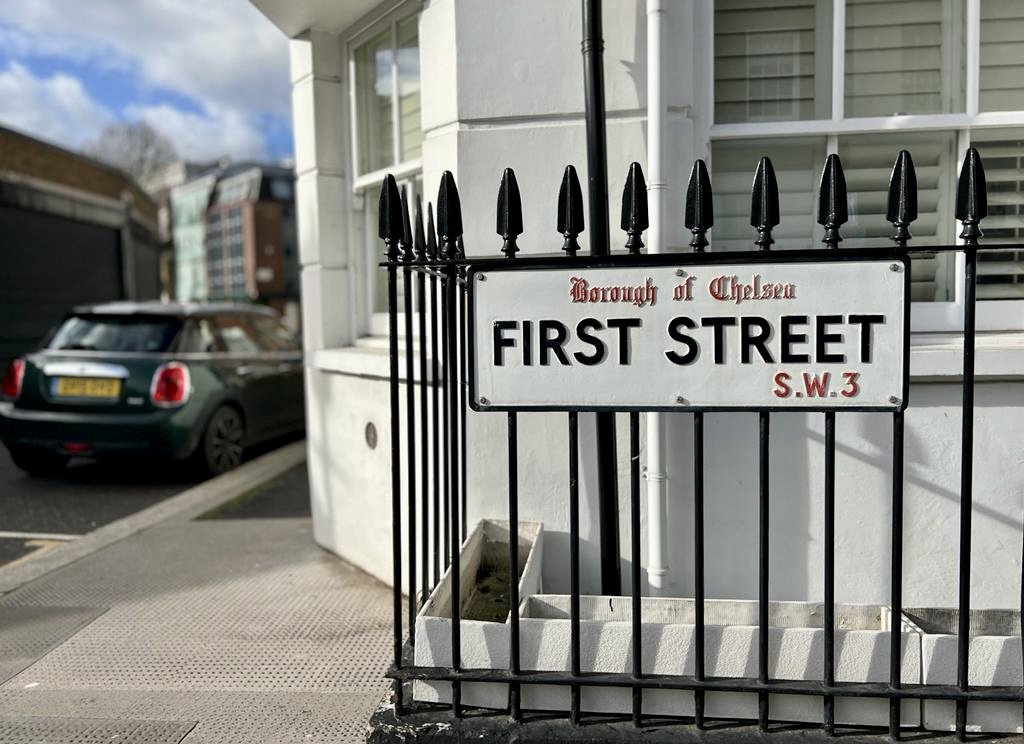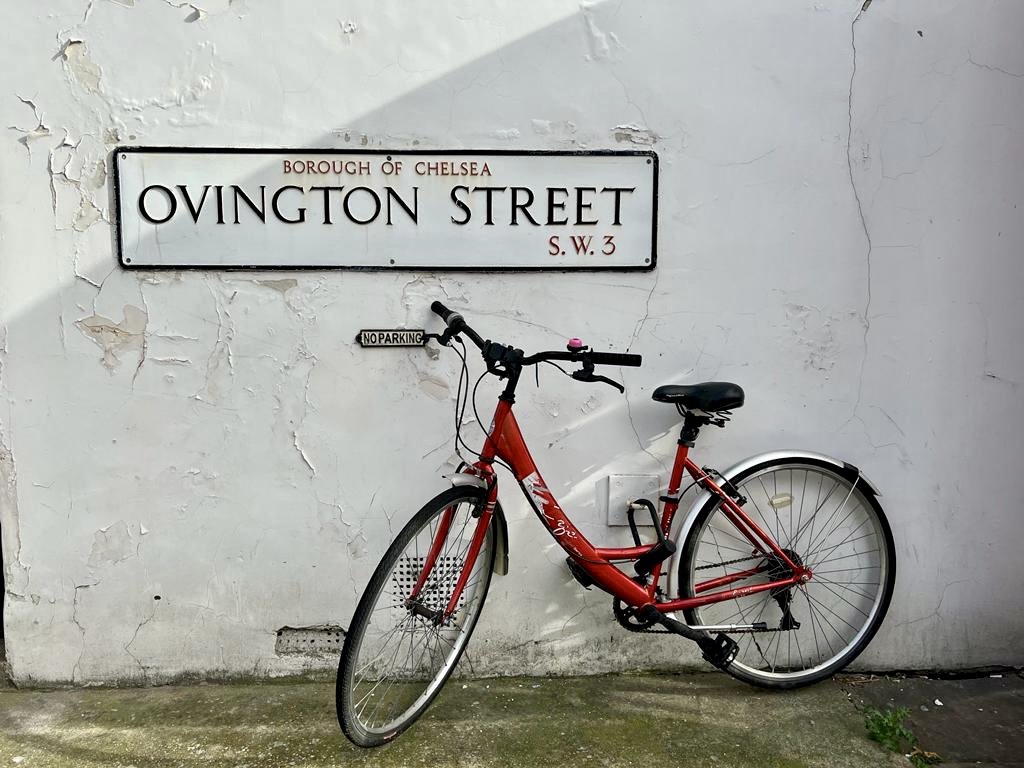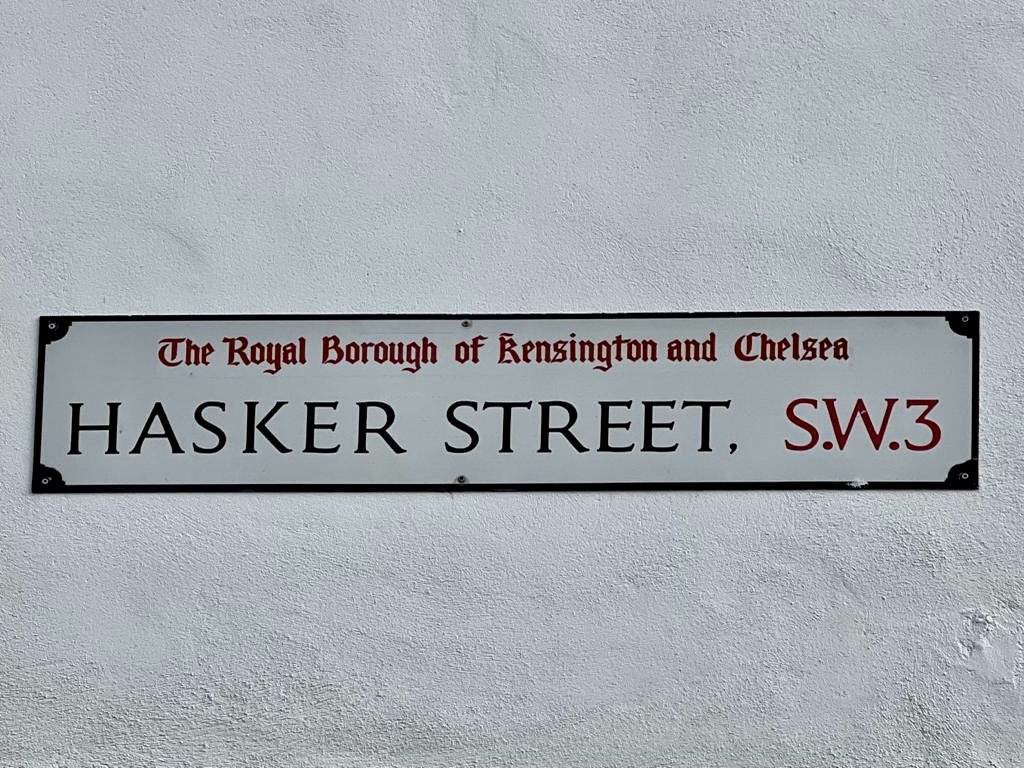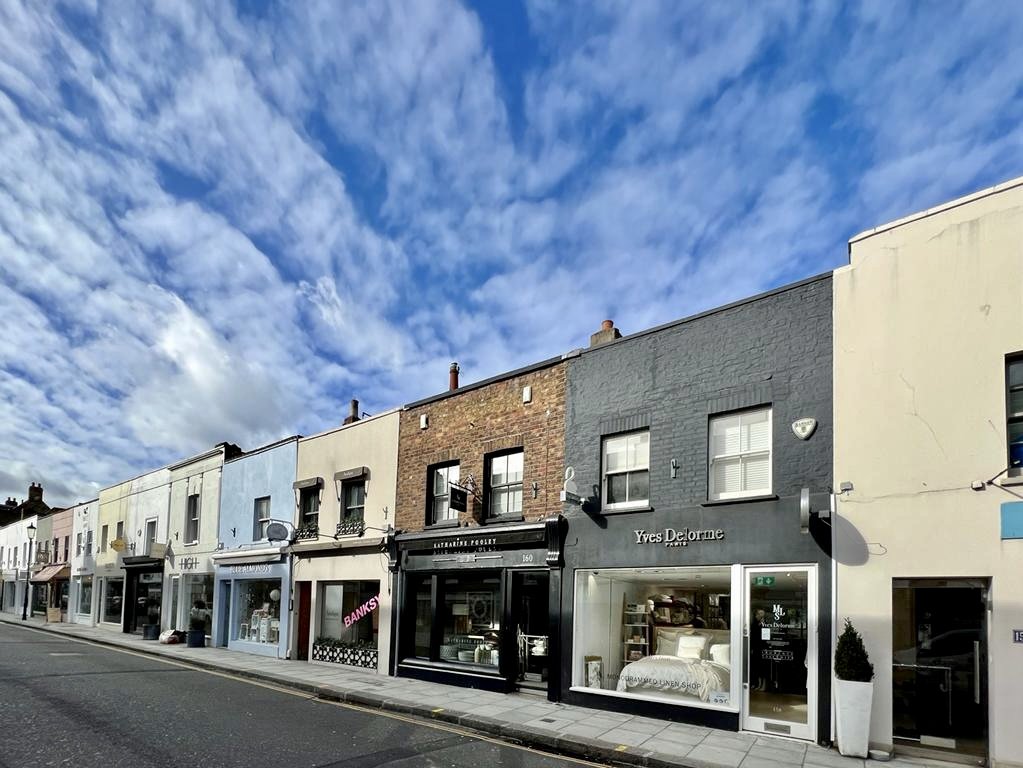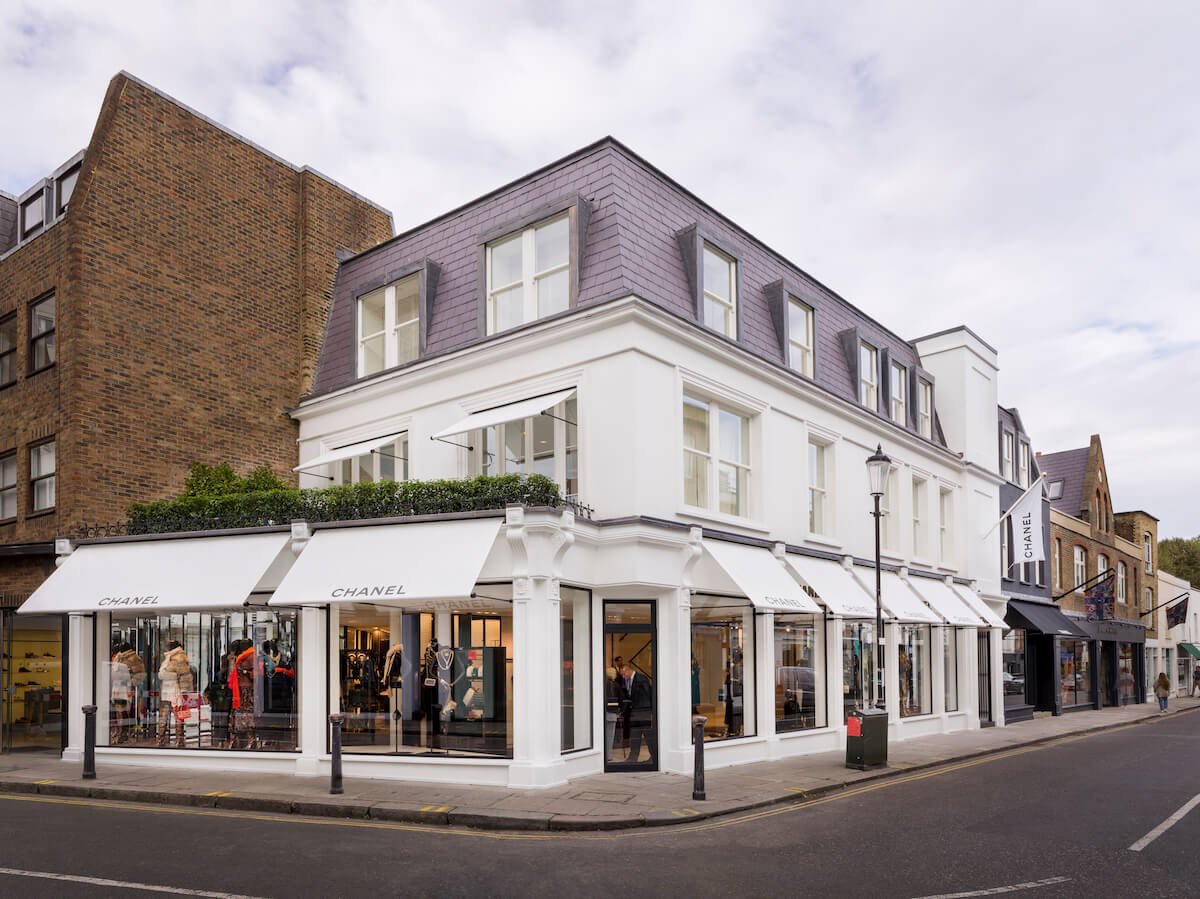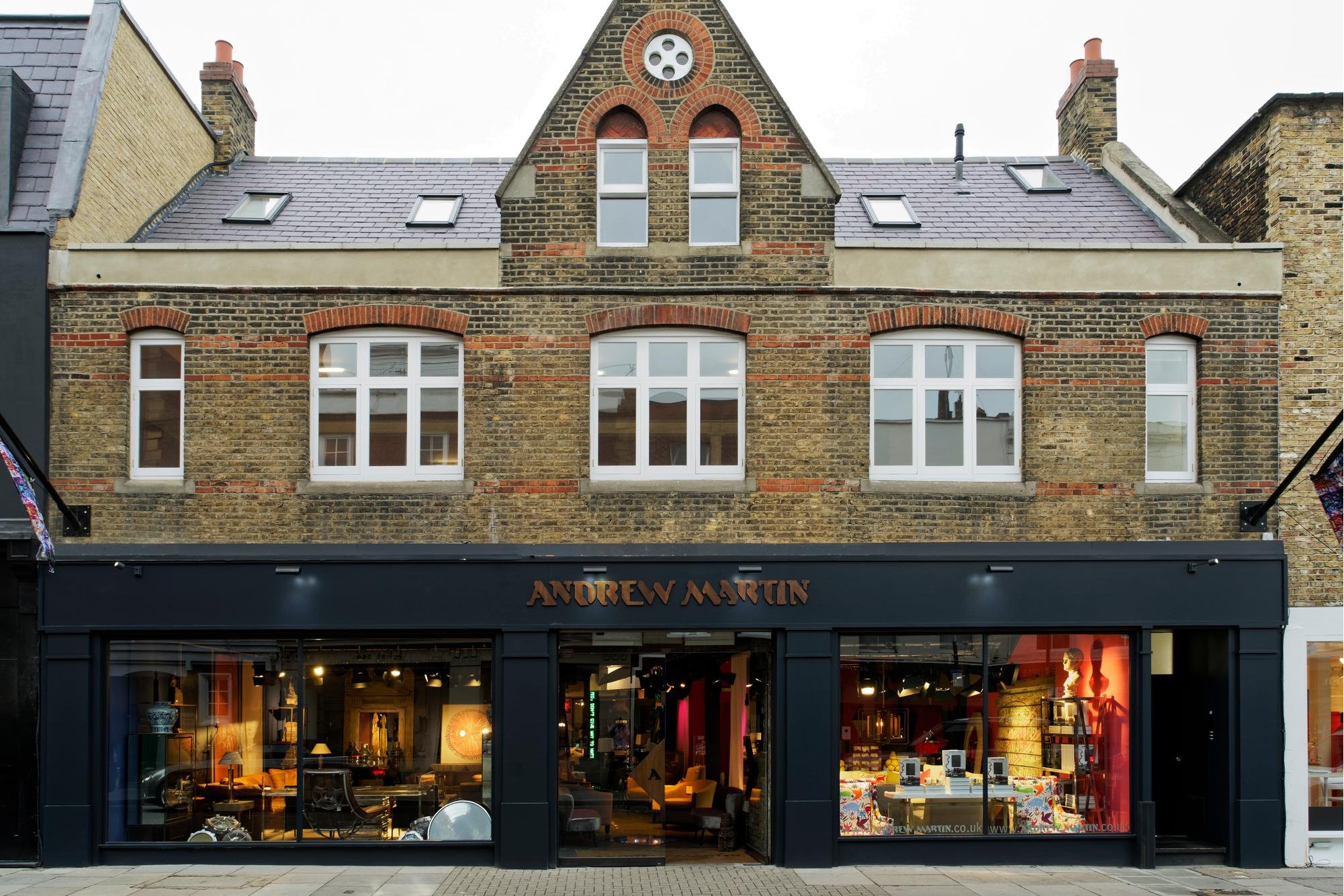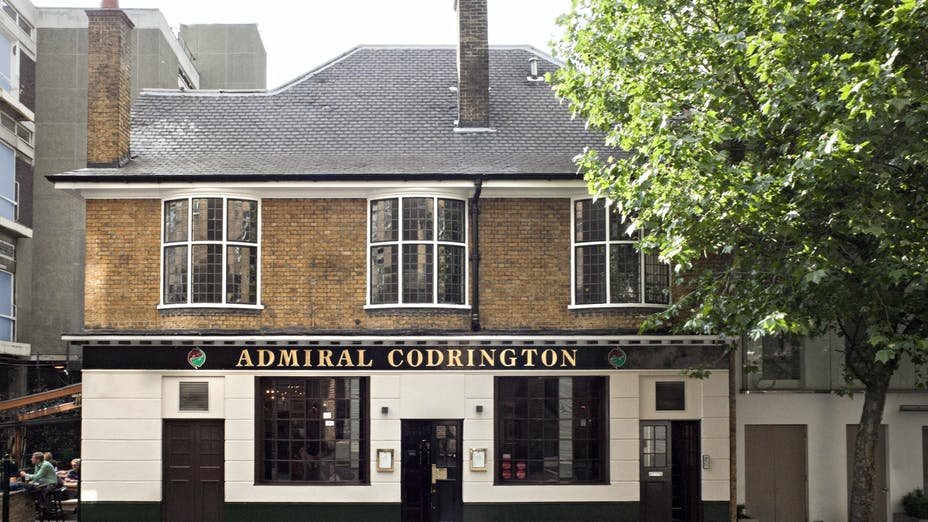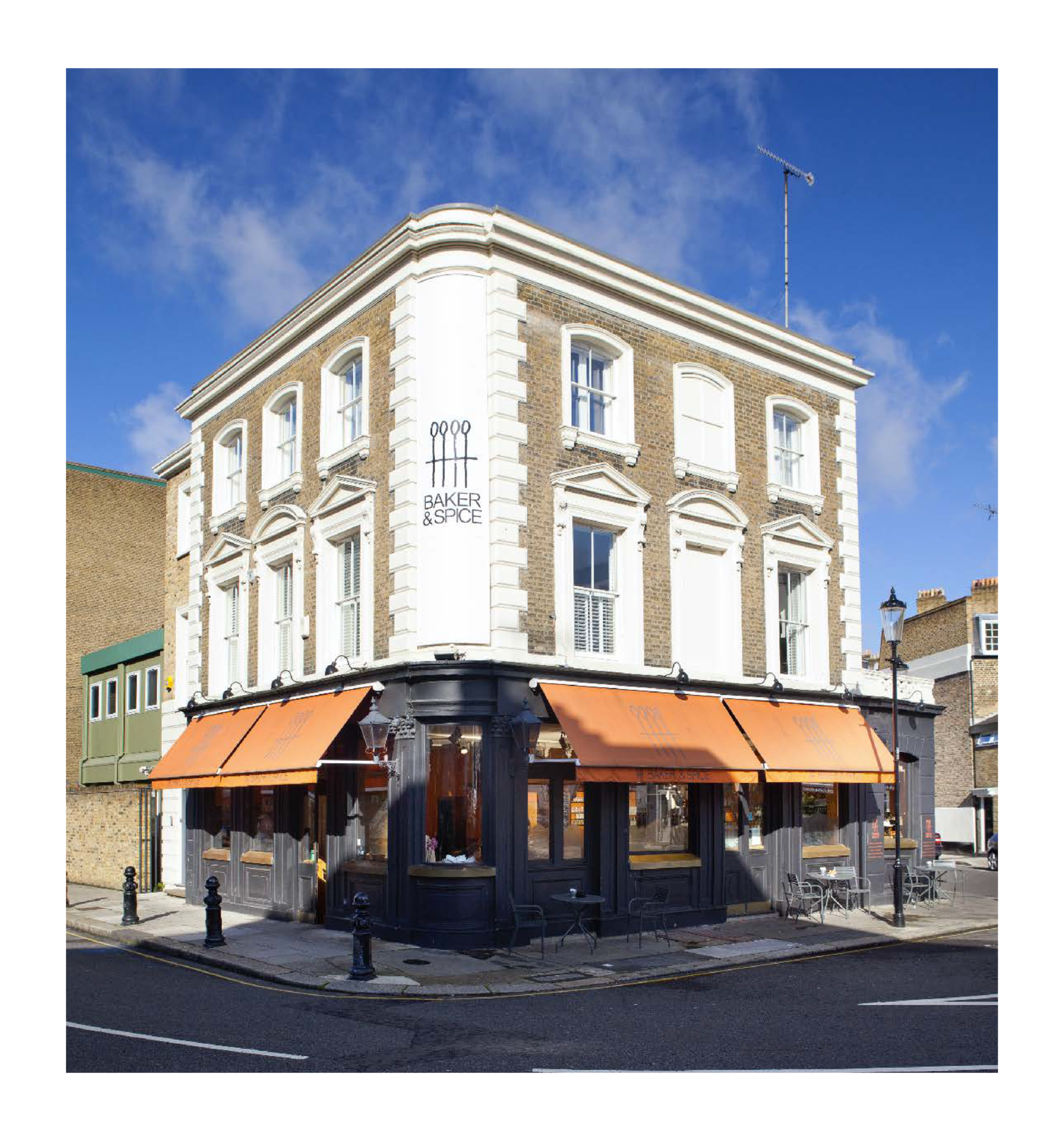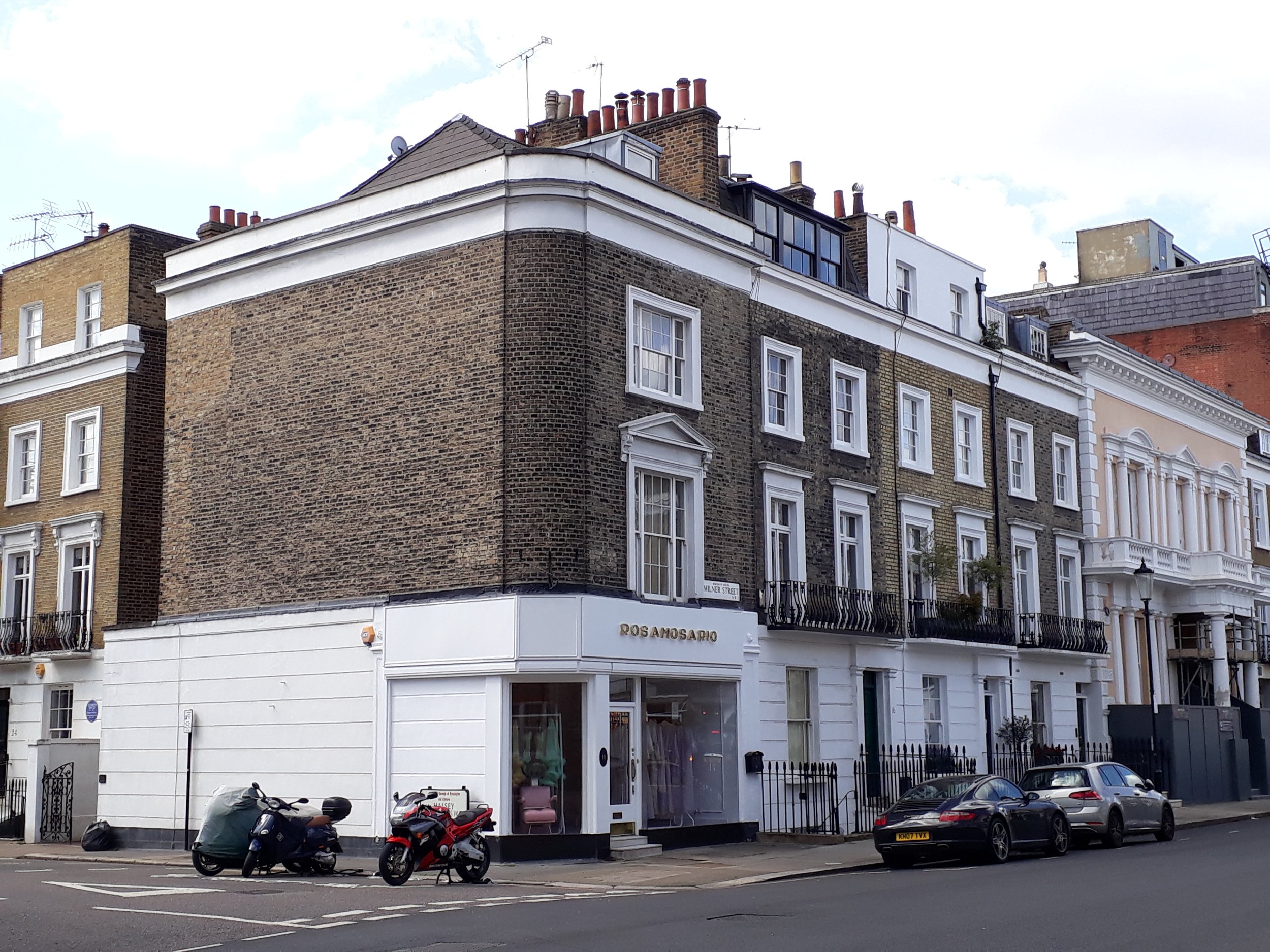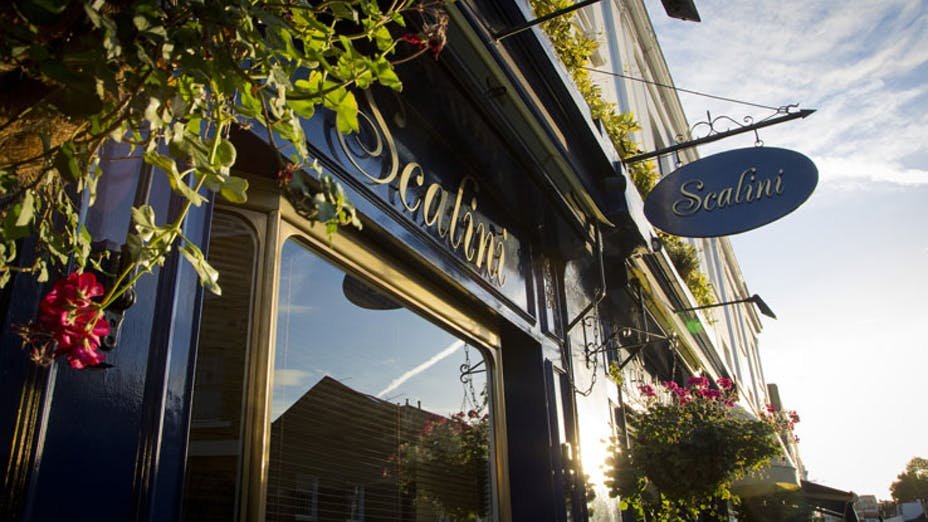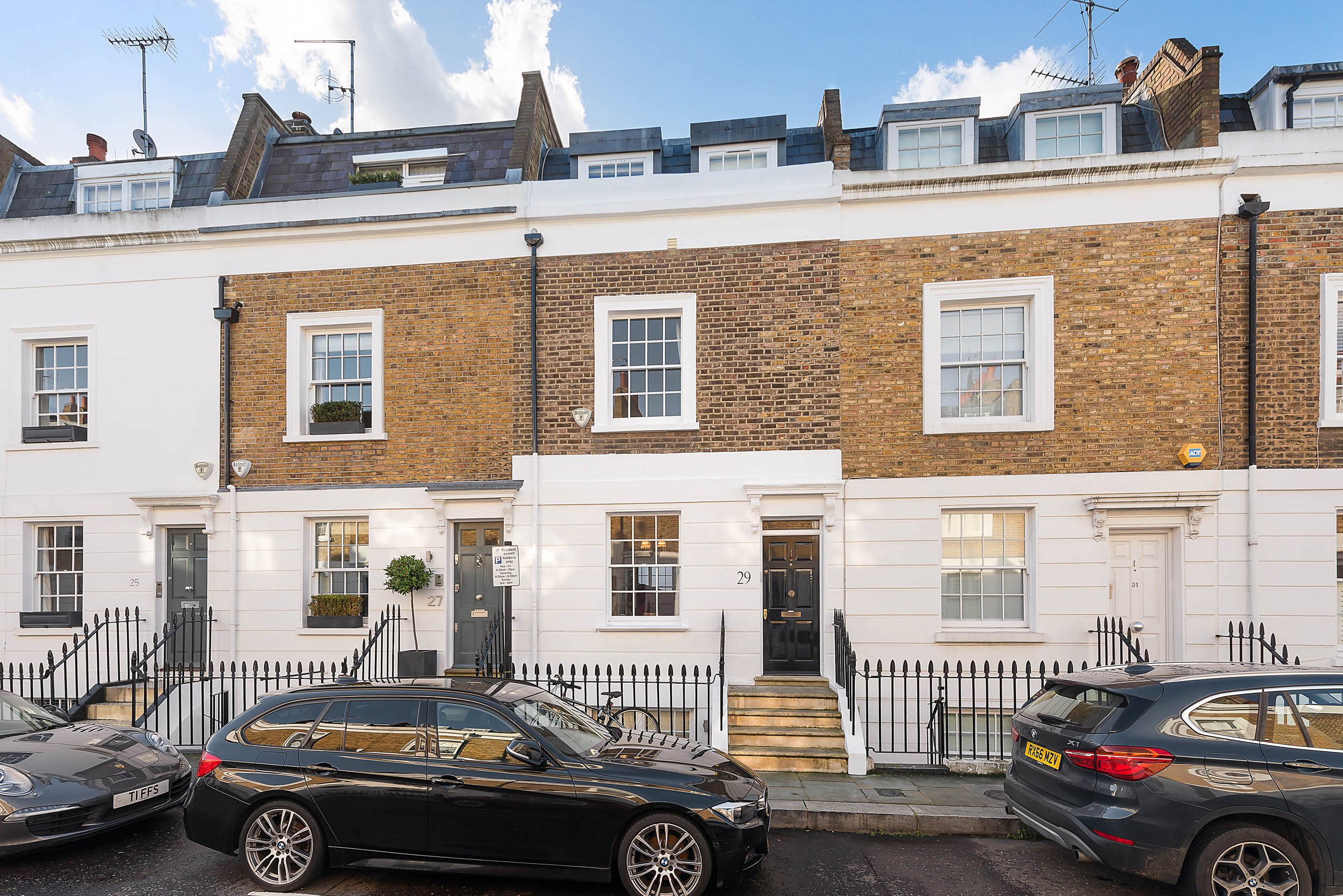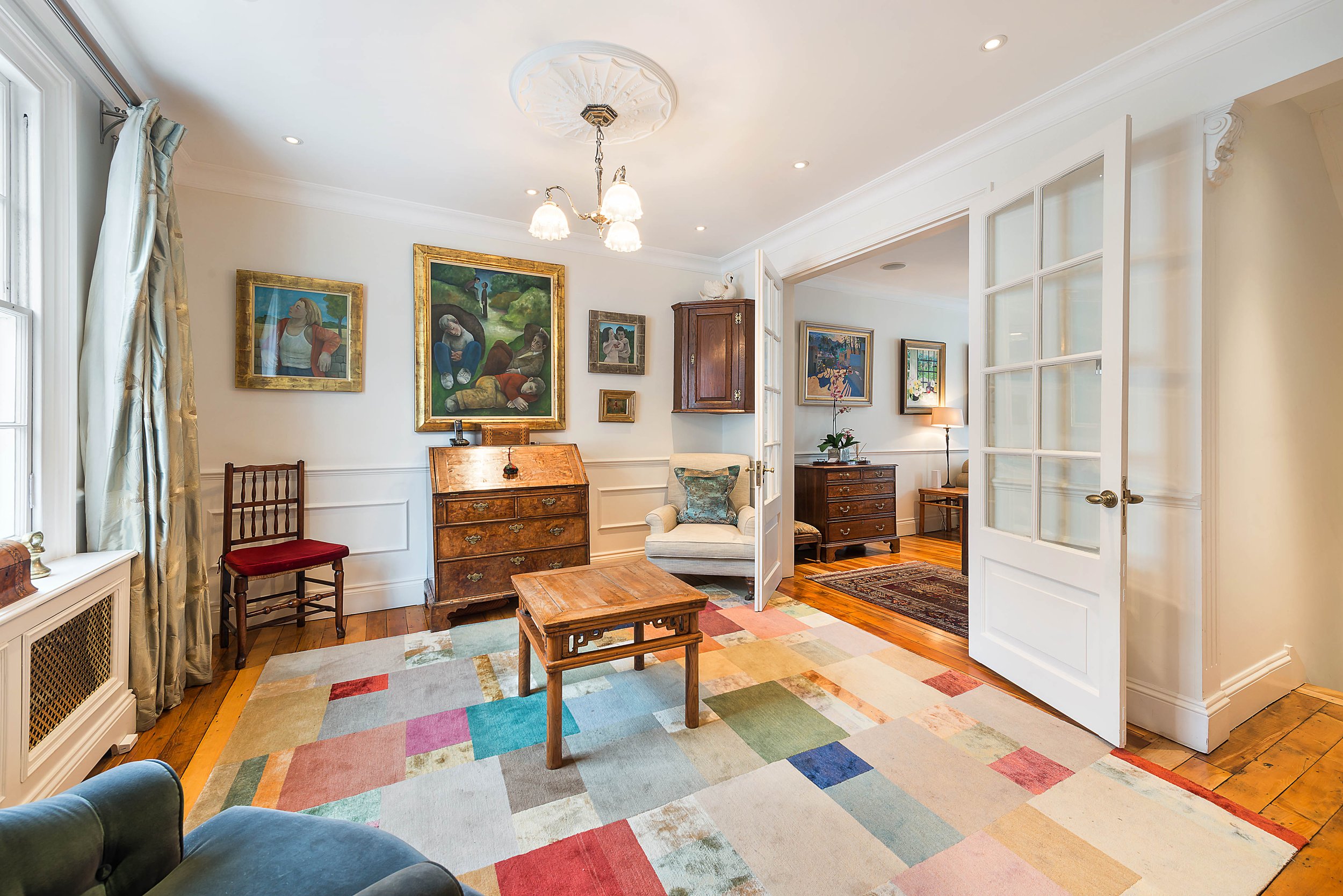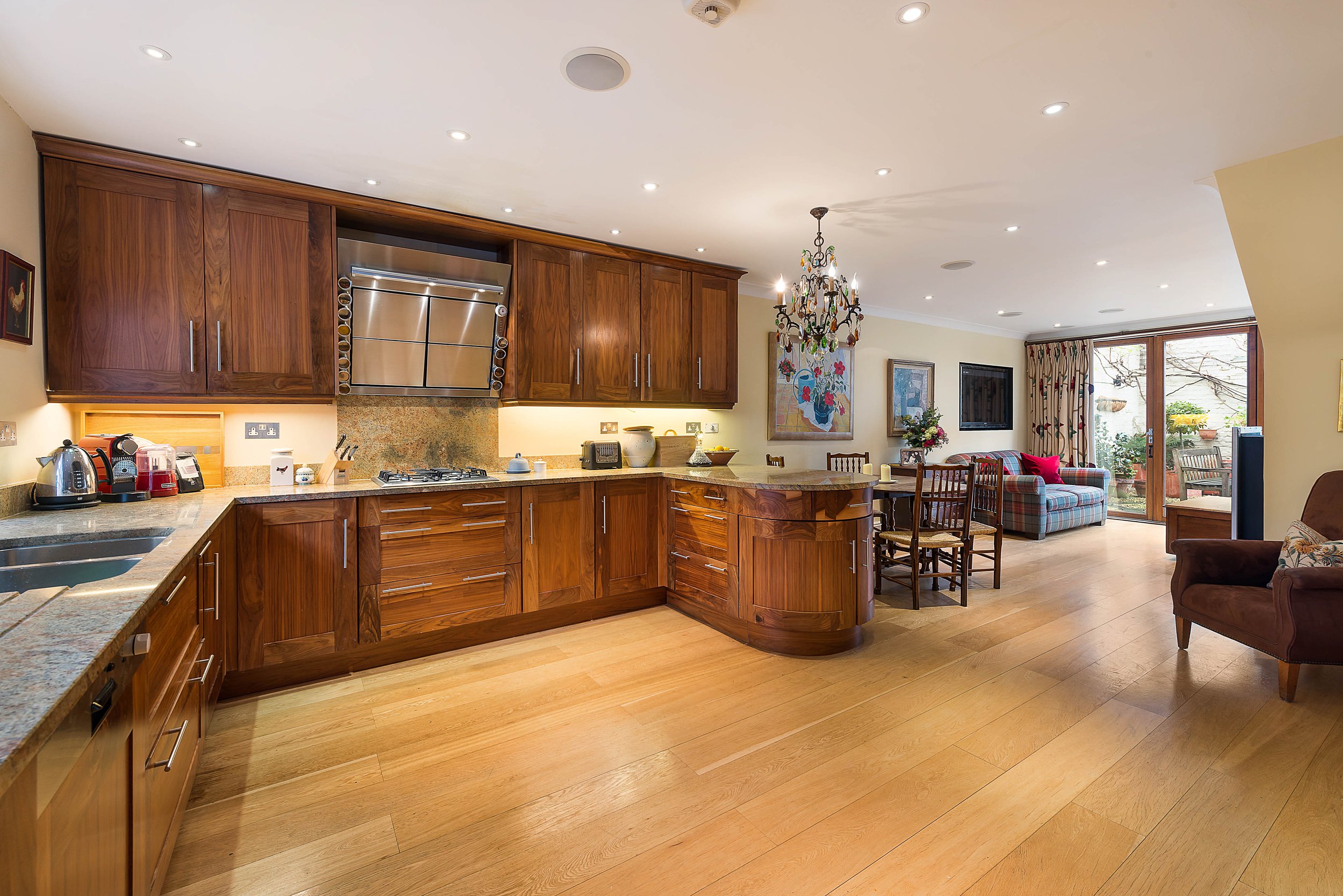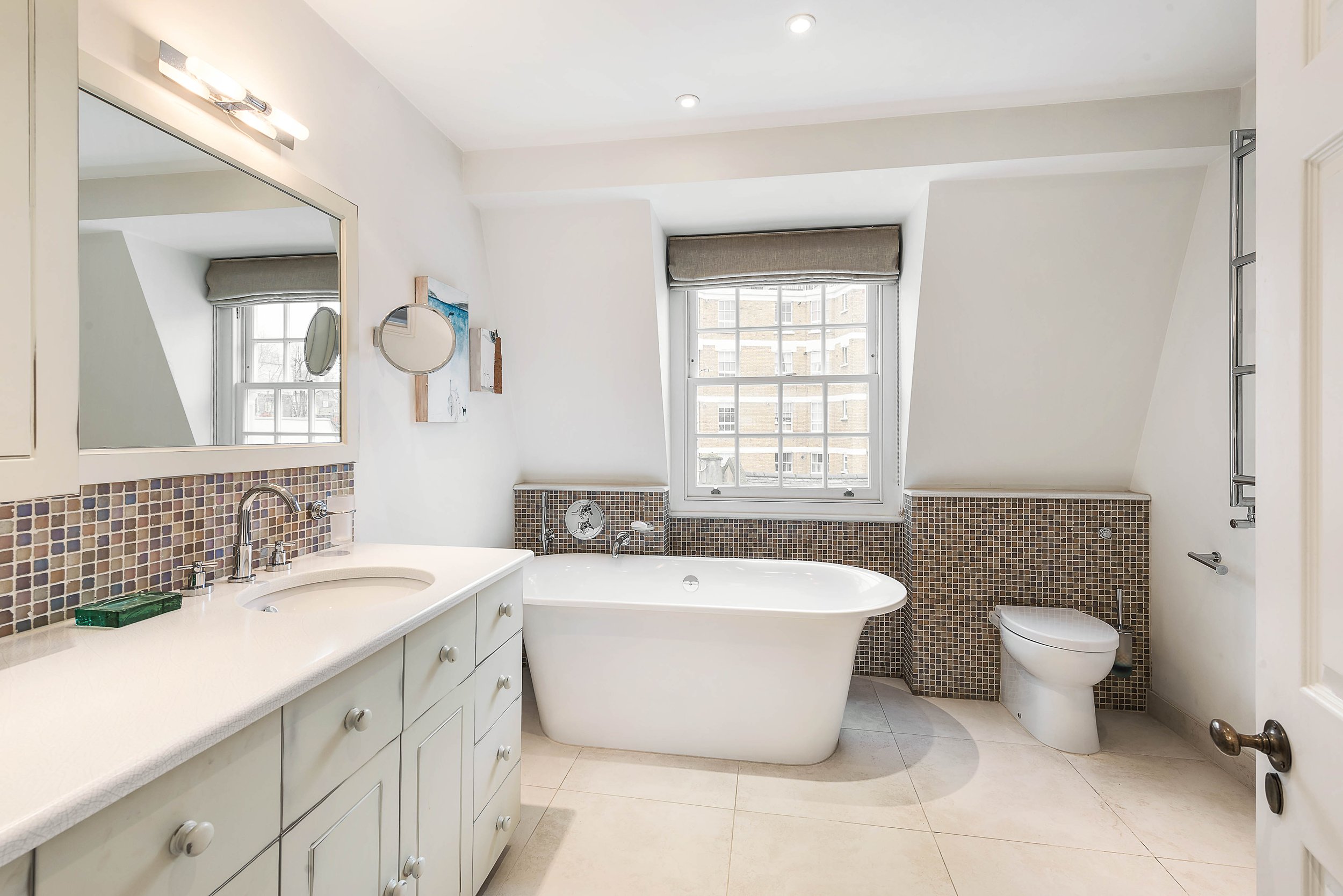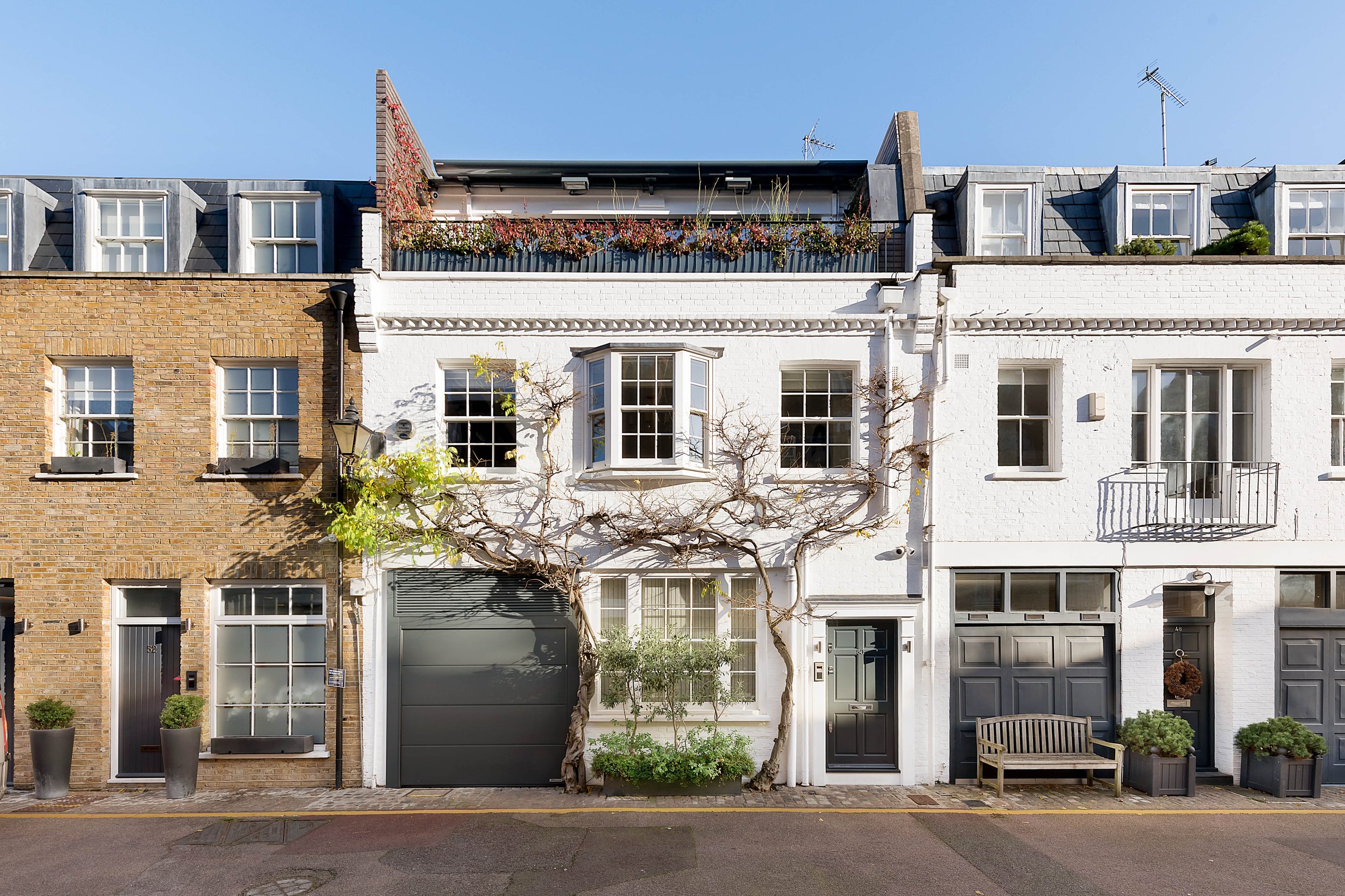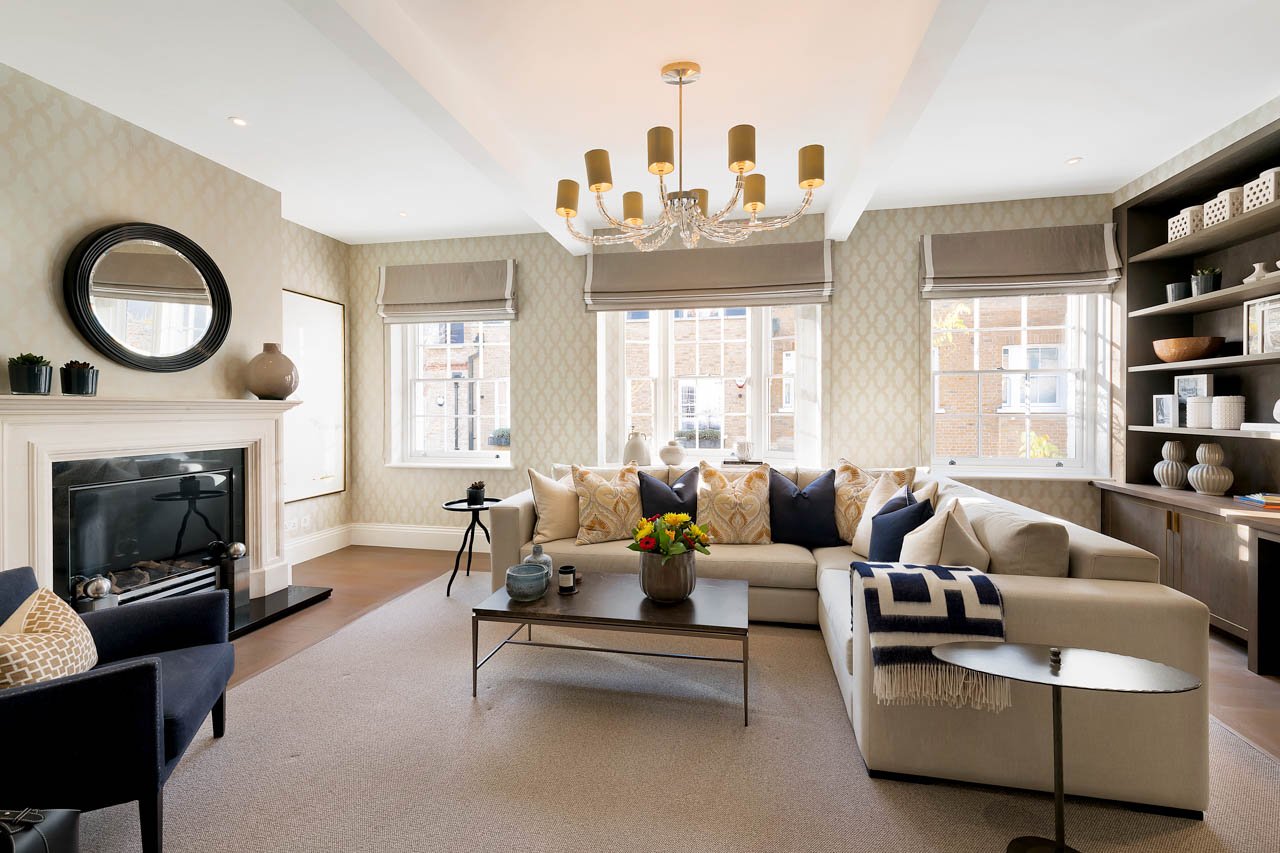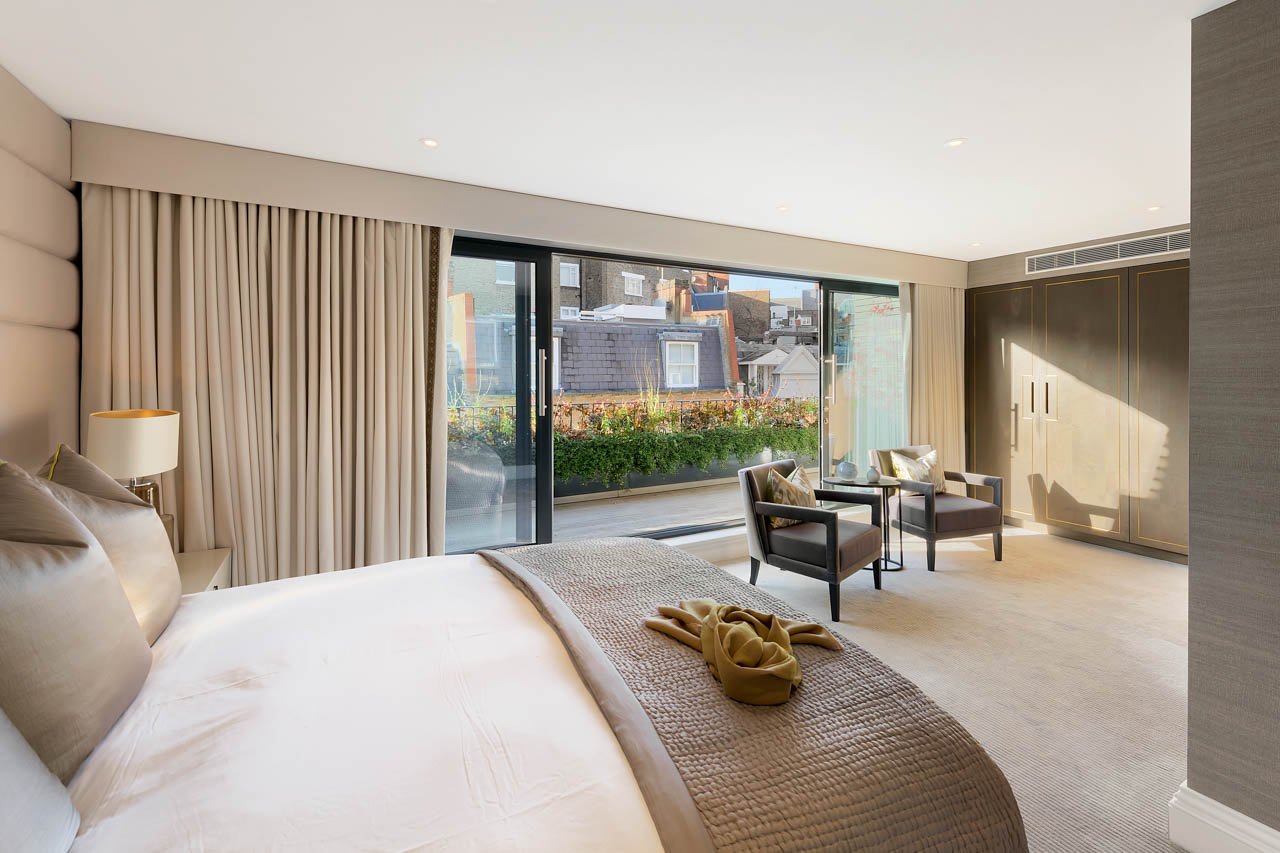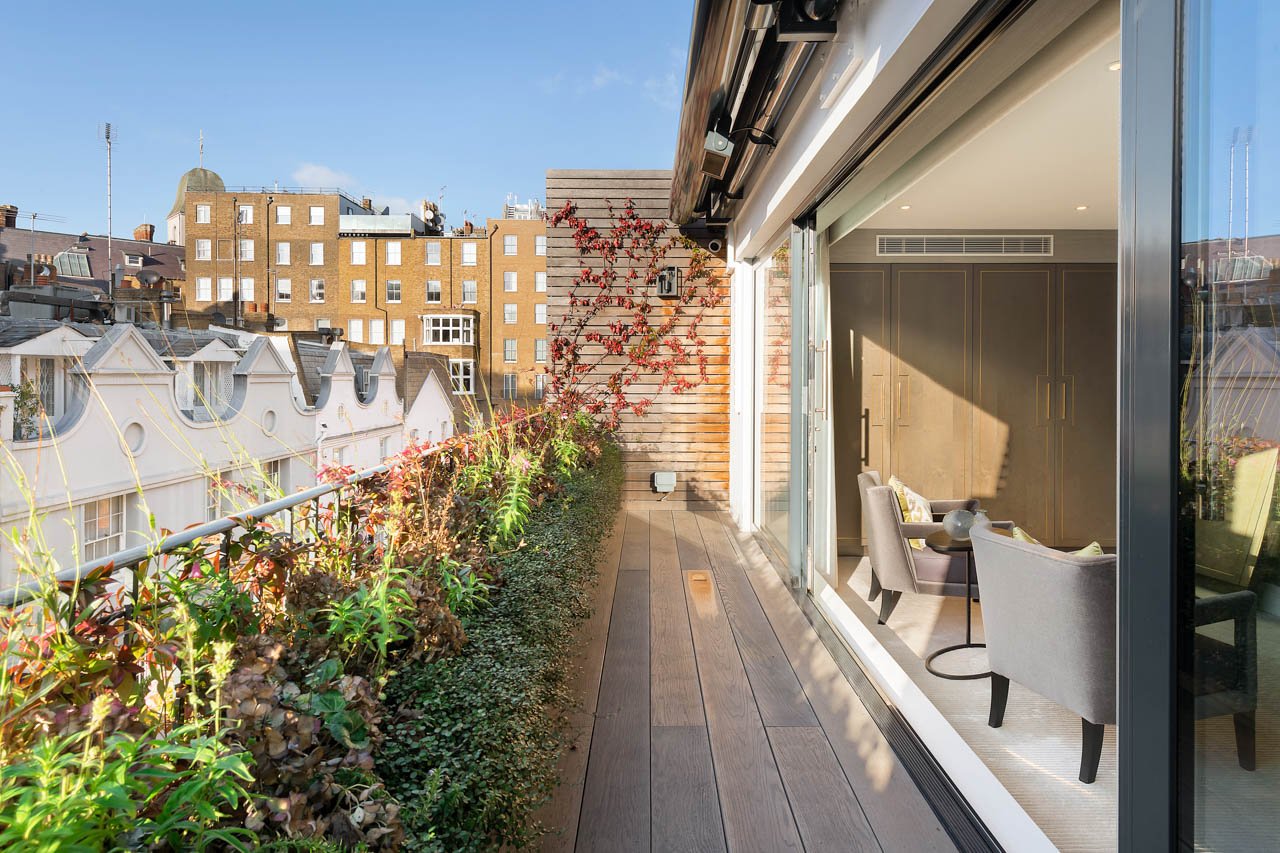The Golden Triangle of SW3 - from gardeners to gentlemen, an entrepreneur's Eden
The area we agents call the "Golden Triangle" is a pocket of SW3 in the Brompton & Hans Town Ward of the Royal Borough of Kensington and Chelsea that consists of some of THE most highly sought-after residential streets on the Chelsea/Knightsbridge border.
Part of Brompton, and with all the life and amenities of Sloane Square, Brompton Cross and Knightsbridge on its doorstep, this enclave of quiet streets enjoys an incredible location with both tranquility and convenience in equal measure.
Not unlike the rest of this area of London, this little pocket of wealth wasn't always populated by the well-heeled, having been largely gardens and common land until the late 18th Century, but it was the centre of the outward spread of pre-Industrial London and an area of huge opportunity: those brave enough to sow the seeds of development, were able to reap great rewards.
Much of this area of Chelsea was formerly market gardens and parkland, owned by various wealthy landowners from around the country. However, the 18th Century saw very rapid growth in London with residential development spreading Westwards and during the 19th century it became the world's largest city and capital of the British Empire. Its population expanded from 1 million in 1800 to 6.7 million just a century later.
As the Empire expanded and the city grew wealthy, there were still many areas of 19th-century London that were full of poverty, with millions living in overcrowded and unsanitary slums, and not just in the City and East: there were plenty of slums around the areas that are now some of the wealthiest enclaves, including Chelsea and Kensington.
The advent of the railways changed everything, and spurred huge growth westwards, with landowners granting leases to builders and gardeners such as John Bull, who, from 1817 to 1839 built over 20 or so houses on a curved street now known as Bull's Gardens. In 1839 William Davies, another market gardener, took over Bull's lease of an area of market gardens, known as "Green Lettuce Gardens", together with Bull's business and Bull's Gardens. He then went on to lease another acre for 99 years, building 40 houses with at least six rooms each.
Davis's market garden also included 2 acres leased from another freeholder and his development of new streets in the area continued. He wasn’t the only one. Leases were granted to other gardeners and builders - mostly, but not all local - and development of this area continued throughout the first half of the 1800s, and soon First Street, Richard's Place and Bull's Gardens were all complete; Hasker Street was then finished and Walton Street came soon after. This rapid development continued and by the end of the Georgian period, this part of London was not dissimilar to what it is today, though WW2 bombings and subsequent 20C development have added some more contemporary and commercial buildings into the mix.
The residents of this area were an eclectic bunch, though the majority were trades and crafts, with some labourers, but still pretty diverse with Bull's Gardens residents including a pig merchant and a watercress seller, who may well have lived there before development, because Bull's Gardens itself was formerly an open ditch that was covered over to form the lane in 1871!
These days, this area still houses a melting pot of residents: entrepreneurs, city workers, British and foreign nationals, actors and musicians and everyone else you can think of. Its quiet residential streets are made up of a mixture of low rise terraces - the former workers cottages, smart Georgian townhouses and to the East, the red brick mansion blocks that came along in the Victorian era.
Streets in this area include Walton Street, Mossop Street and Milner Street, First Street, Hasker Street, Walton Place, Richard's Place, Ives Street, Ovington Street, Donne Place, Bull's Gardens and Lennox Garden Mews.
Walton Street - This is a great street, the heart of this part of SW3 and the longest street in the area, running all the way from Brompton Road/Draycott Avenue up to Lennox Gardens. While it has a lot of lovely residential homes, it also has a great selection of bars and restaurants, as well as the chicest of art galleries, interiors, fashion and jewellery stores.
Milner Street - This is a lovely street of Georgian terraces and includes St Simon Zelotes, a grade II listed church built in 1858–59, and famed for being the most complete, surviving work of architect Joseph Peacock. Other notable buildings include 10 Milner Street, sometimes known as Stanley House a grade II listed house built by the Chelsea speculator John Todd in 1855, for his own occupation. Smith & Gardener beauty salon on the corner of Ovington Street is a long-standing salon and must-go for Chelsea ladies. You won't get much change out of £5m for a freehold house, but there are also some flats.
Donne Place - this gorgeous little mews style street is made up of 42 19C cottages, once noted on London's poverty map. Not any more! These lovely homes have almost all been superbly transformed behind their heritage facades to create 3-4 bedroom houses that rarely change hands but now fetch well over £2m when they do.
Bull's Gardens - is a very quiet street tucked away behind Donne Place and one of the original streets in the area. Highly exclusive, the last house here sold in 2017 and there are no other records on Rightmove, which shows you just how seldom one comes up for sale!
First Street - A very elegant street in the heart of the area, with classic Georgian terraced townhouses, some brick others stucco-fronted, the Nell Gwynne apartment building at one end and The Enterprise, a great pub and bar at the other. Houses in this street don't come up often but expect to pay £3-£4m for 3 beds.
Ovington Street - runs between Milner Street and Walton Street, with gardens backing onto Lennox Garden Mews and is one of the widest and most imposing streets. The properties are classic, elegant brick or rendered Georgian townhouses with good sized gardens - especially those on the eastern side of the street. Many are Listed buildings being of historic significance, but in the modern era, Ovington also has a handy charging point for your Tesla! Freehold terraced homes will be in the region of £4m.
Shops
An abundance of fabulous fashion and homewares boutiques and art galleries on Walton Street. Find them all here: https://www.allinlondon.co.uk/regions/south-kensington/streets/walton-street
Drinking and Eating
The Enterprise, Admiral Codrington pub, Daphne's, Jak's Bar and Jak's cafe, Baker & Spice, The Muse Lounge, Zefi, Scalini Italian and Dining's Japanese.
Properties for sale/rent
FOR SALE: We currently have a well presented Victorian freehold house in First Street on the market. It has been thoughtfully extended to create two large entertaining areas and features a spacious 30’ kitchen/dining room with folding doors leading onto the private south west facing patio garden. There is also a roof terrace that is accessed from the first floor.
Click here for full details.
FOR RENT: Clabon Mews, just on the border of this area and two minutes from Milner Street is this wonderful mews house to rent. A beautifully interior designed, low built house, it was originally transformed by specialist developer Leconfield and has been immaculately maintained since by the owner.
Click here for full details.
#WaltonStreet #Chelsea #Knightsbridge #London #londonproperty #londonshops #prettylittlelondon #MossopStreet #MilnerStreet, #HaskerStreet #WaltonPlace #RichardsPlace #IvesStreet #OvingtonStreet #DonnePlace #BullsGardens.


